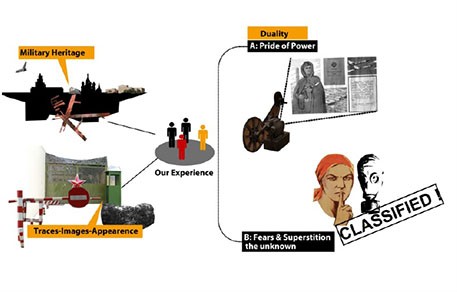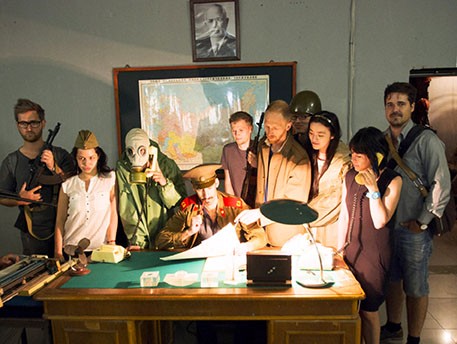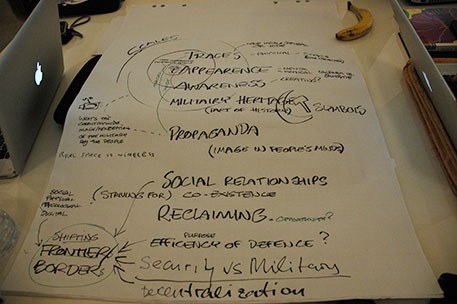Military and secret service zones Military and secret service zones






ARCHIPRIX INTERNATIONAL
Museumpark 25
3015 CB, Rotterdam, the Netherlands
office@archiprix.nl
Archiprix International is an initiative of the Archiprix foundation, a cooperation of the Dutch schools for higher education in the fields of architecture, urban design and/or landscape architecture. The day-to-day affairs of Archiprix International are co-ordinated by ir Max Rink, the director of Archiprix International.
Archiprix International presents the best graduation projects selected by all universities worldwide in the fields of architecture, urban design and/or landscape architecture. This graduation work presents a wealth of ideas for a broad range of contemporary and future challenges. Browse the collection of over 2000 projects by subject or location in our projects database.